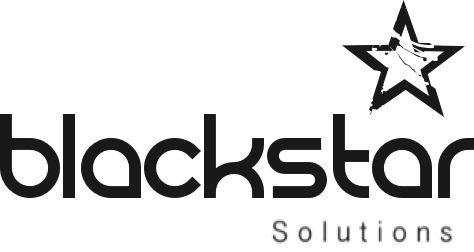The following blog is part of a series of posts written by the engineers at Blackstar – they delve into the various aspects of their working lives and talk about topics that interest them and benefit our clients.
Steve is our documentation king/guru/whiz/kingpin. He ensures that our processes are kept in check by documenting EVERYTHING! much to the benefit of us and our clients. We’ve been approached a number of times by clients asking to hire Steve to sort our their documents – but he’s all ours. Here is his words…
Throughout my engineering career, I have always produced and maintained a certain level of technical and process documentation of which colleagues and customers alike have found of significant value also. This blog examines my views and approaches to this practice.
I consider documentation to be an essential part of any technical services business as it provides control over the way that products and systems are designed, delivered and supported, all requiring a methodical approach to deliver reliable systems and high-quality professional services.
Some of the areas involved may include:
- During the sales process and installation projects, initial documentation can define the intended design and configuration from which the system can be developed; this can be used to ensure the system is delivered to the agreed specification.
- When dealing with high priority technical issues, an infrastructure or call flow diagram, a record of access credentials, or maybe even a DR plan can all help to provide key information to support technicians to minimise any delay working on fixing a problem.
- A summary list of client systems along with version information helps to quickly identify any affected by service alerts or software updates, and provides a means to efficiently provide targeted advice or perform remedial action.
- When preparing for system changes, expansions and upgrades, a review of current documentation will help to understand the current configuration and aid the planning process.
In addition to system documentation, defining standardised installation procedures allows us to routinely perform tried and tested configuration methods ensuring systems are consistently rolled out in the full and correct manner. These also allow us to avoid the need to individually record detailed baseline configurations, and save any further effort for detailing any customised configuration.
I believe documentation should always be considered a journey rather than a destination, and being kept up to date with any changes is almost as important than the initial creation; out of date records can sometimes be worse than no documentation at all.
With all this in mind, including this practice in daily routines should not be an onerous task and should certainly not hinder the important tasks at hand. Choosing the right information to store and deciding how to gather and maintain can always be a tricky balance to achieve alongside performing the actual work. However, with an initial investment in time to develop good procedures and construct well designed templates, the benefits can be realised multiple times over in the long term.
In summary, well organised documentation should exist to make our lives easier and keep our processes and supported systems running smoothly, and most of all keep our customers happy!



















